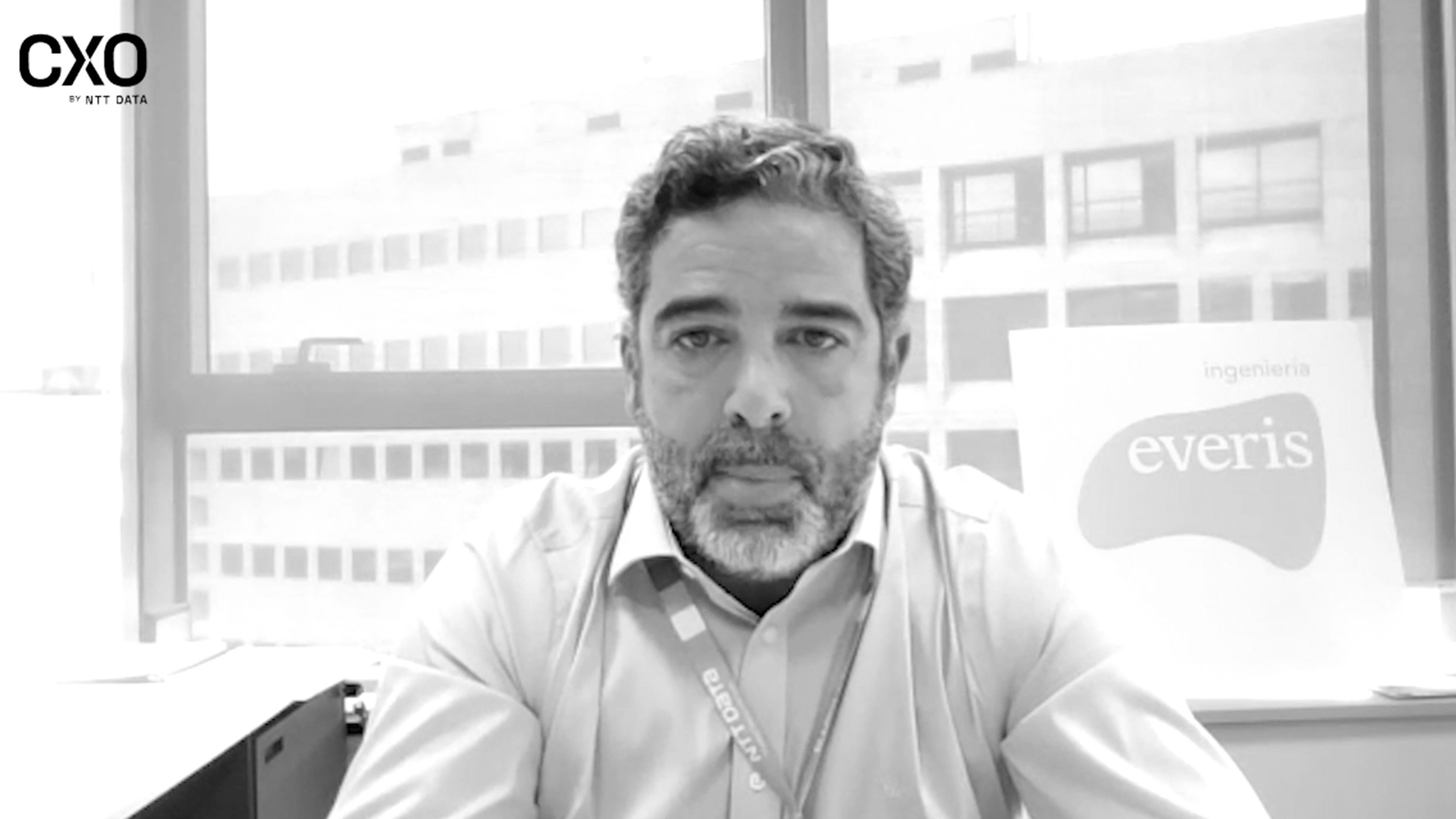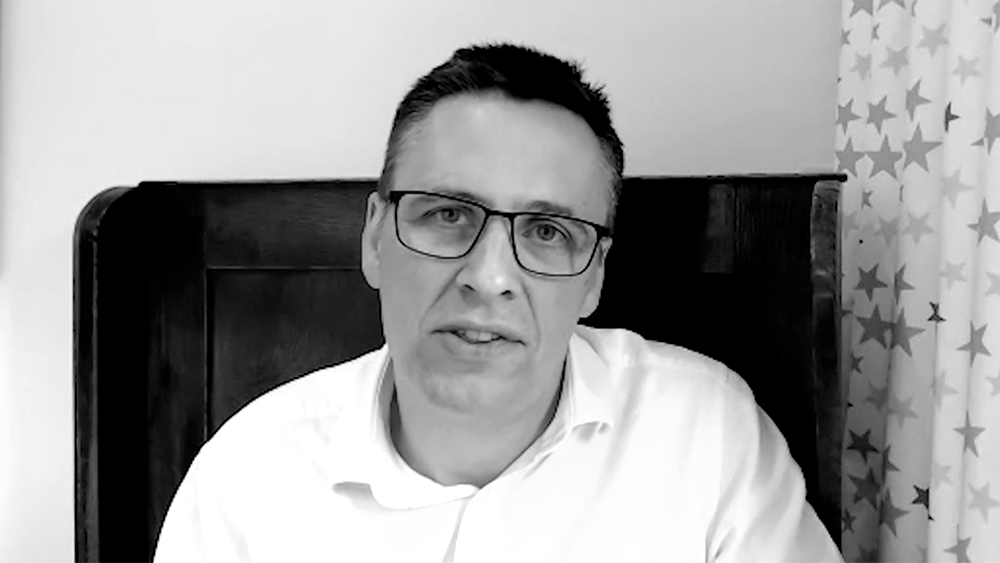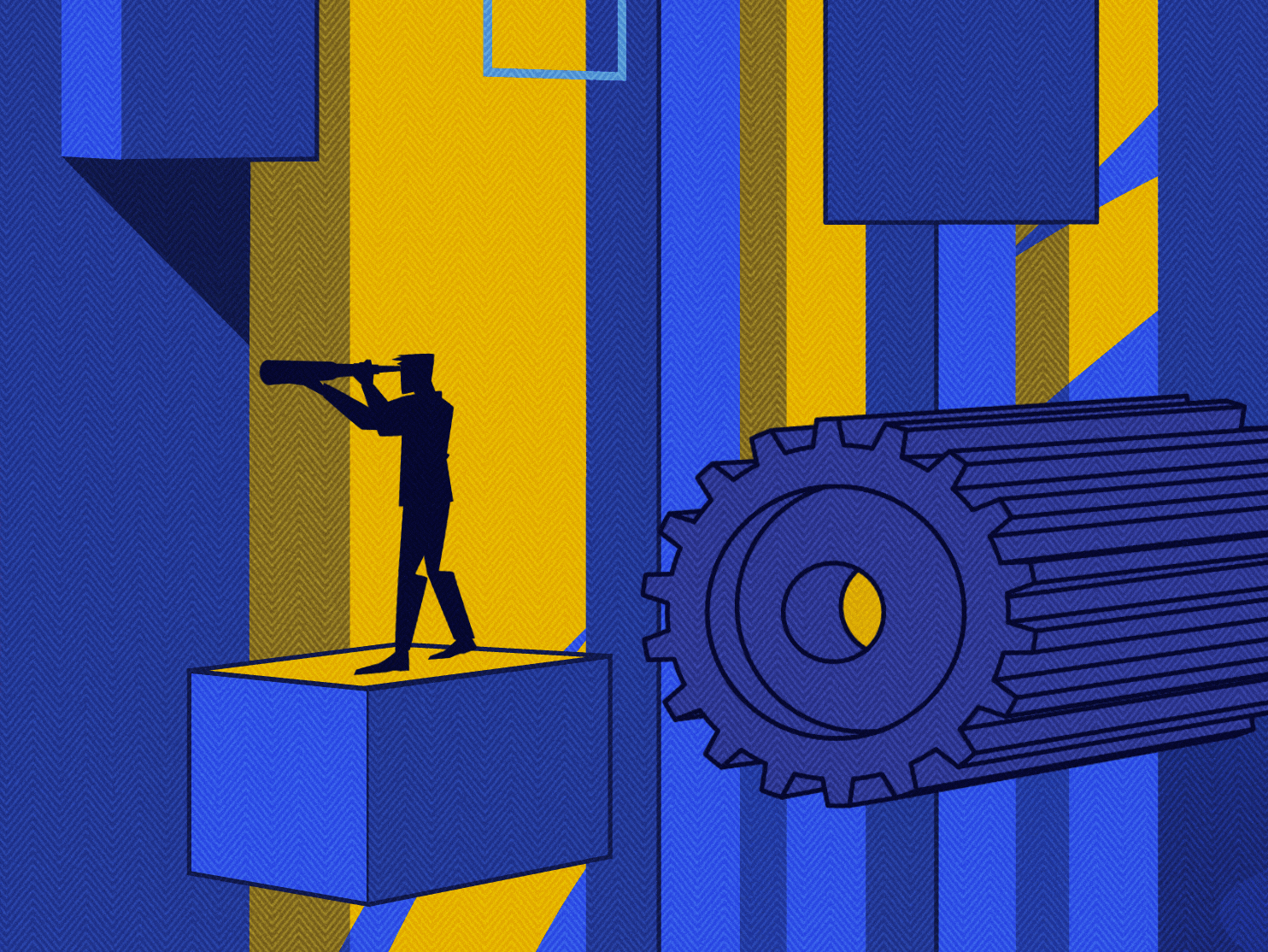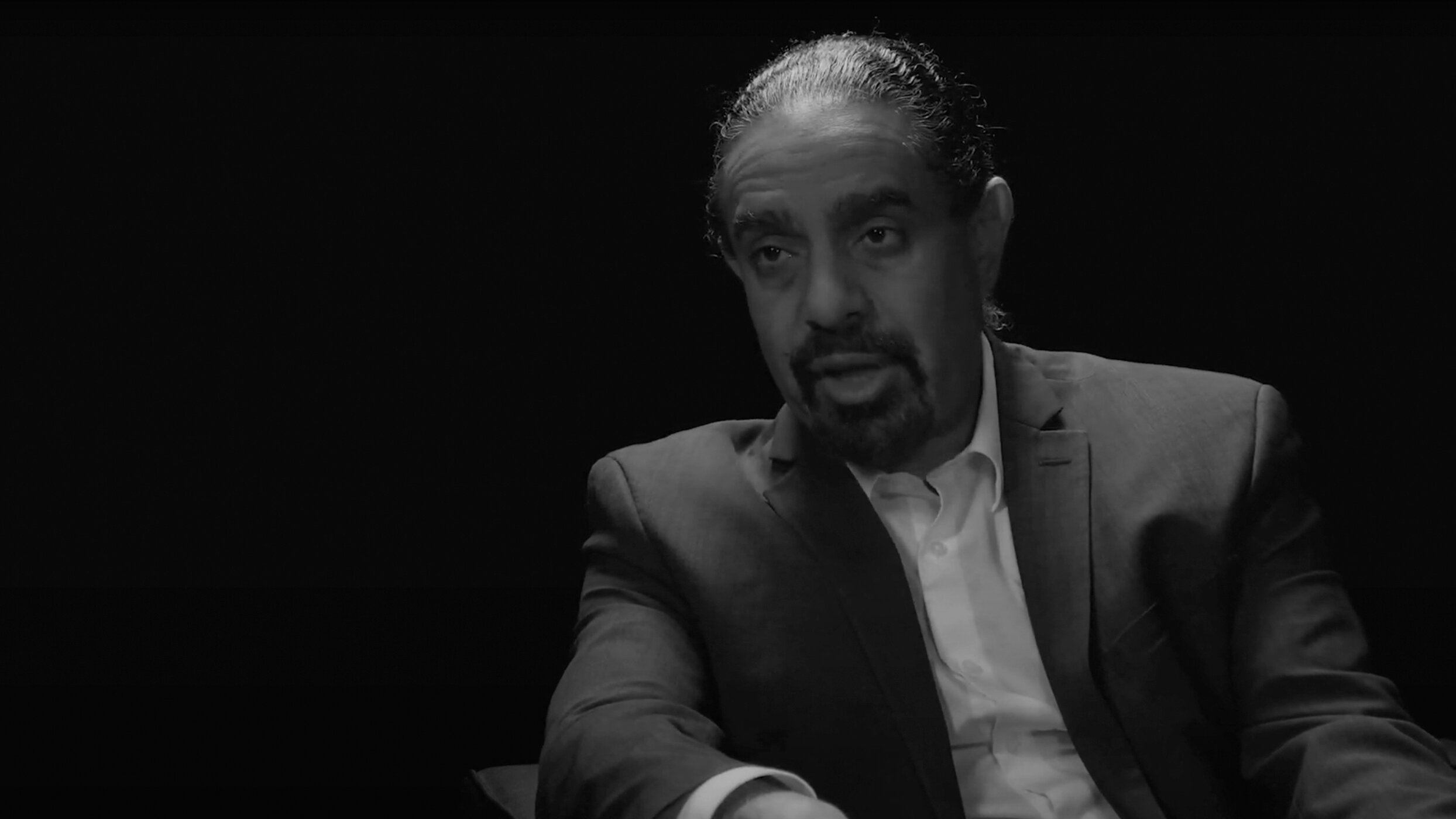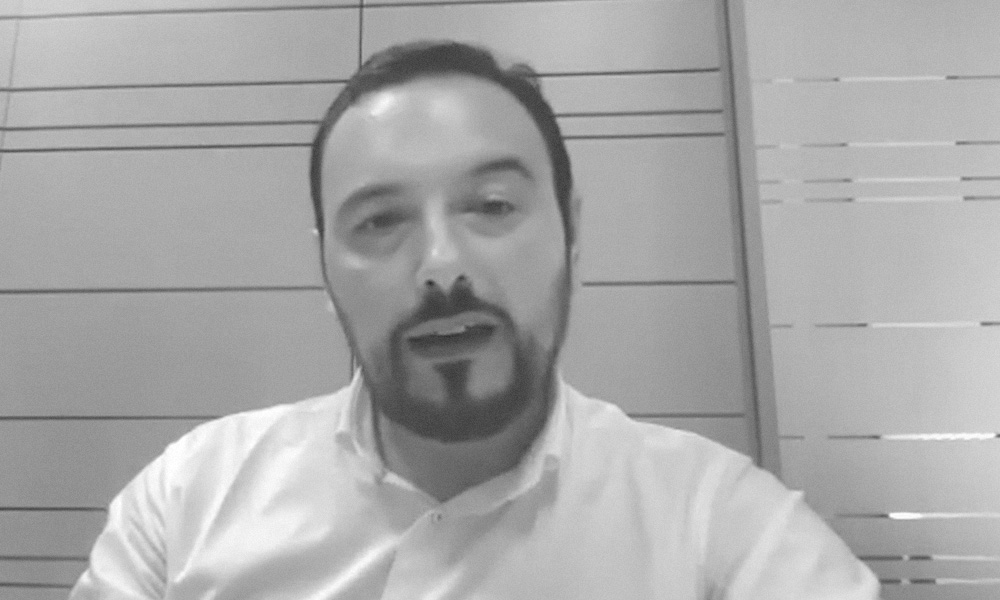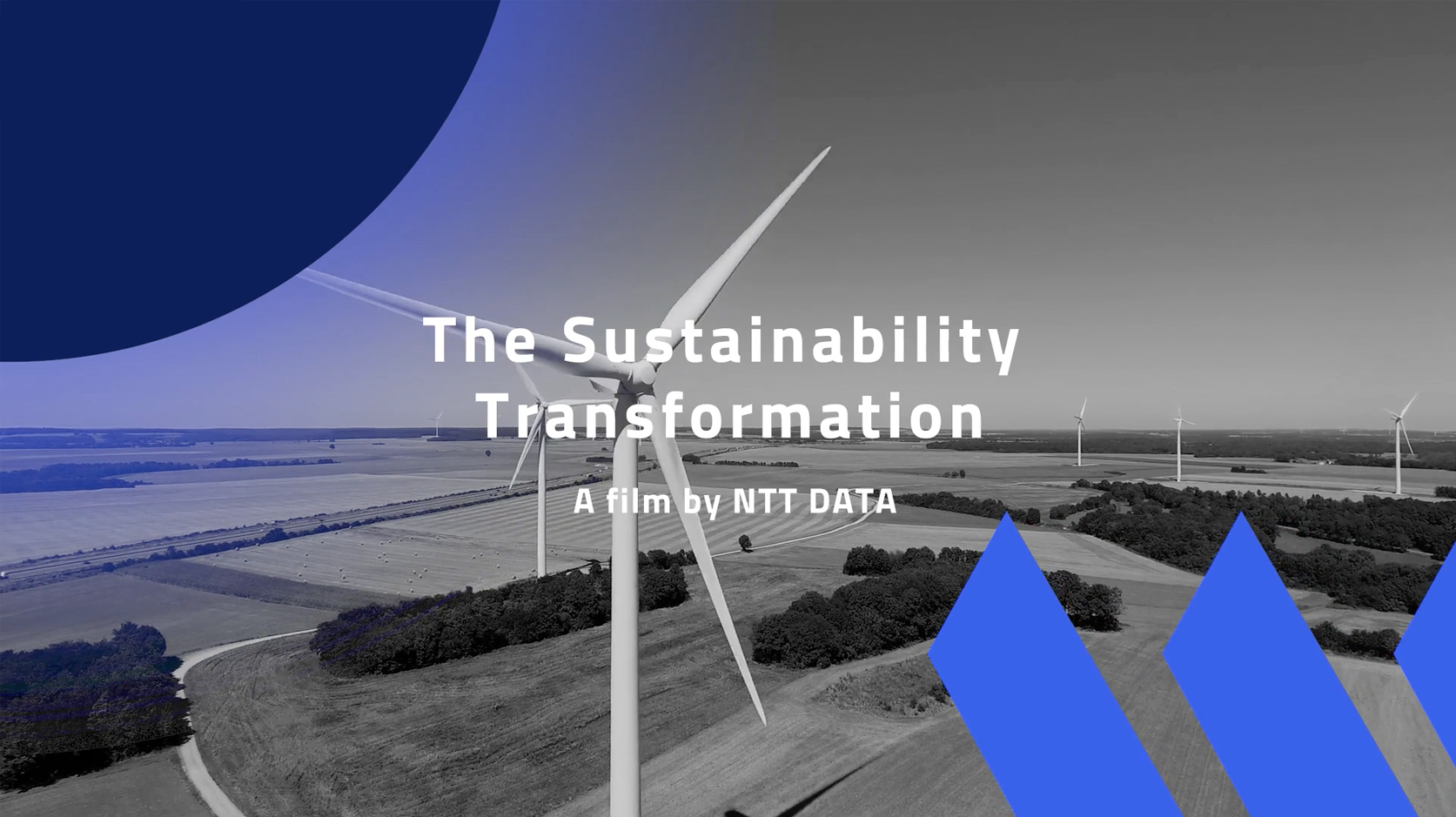
Photograph – Abolfazl Ranjbar/Unsplash
The summer of 2021 has been a long time coming: after months of lockdown, I could, at last, see queuing at the check-in counters of airports around the world, see people in full anticipation of their holiday and see aircraft on the taxiways once more.
Images of flooded cities, burning forests and snow in tropical Brazil, however, starkly bring to mind the reality of ever-accelerating climate change. Every day I sense more acutely the increasing political and social pressure on our industry, and our company, to do something about the aviation industry’s CO2 emissions.
For centuries, good foresters have been working the way an entrepreneur should run his business: they take only as much wood as can grow back.
A new challenge
The aviation industry is facing a challenge like never before. Hit hard economically by the Coronavirus crisis, we must now, within a relatively short period, be able to address the growing global demand for mobility, in a virtually climate-neutral way.
A walk through an old forest helps to bring things into perspective. For centuries, good foresters have been working the way an entrepreneur should run his business: they take only as much wood as can grow back. The principle of “sustainability” originates in forestry.
Forestry represents an economic system; thus, sustainability is not an ecological principle but rather an economic one! It is rudimentary that a company should be led in such a way that future owners and other stakeholders such as employees and society will benefit from it. For the company to be successful in decades to come, this also requires an environment worth living in.
Here are three guiding principles for a sustainable future.
Economy over ecology
Firstly, one must make economic decisions, rather than – as is often the case with sustainability transformations – ecological ones. At Lufthansa Technik we have long been developing service products that reduce kerosene consumption (and therefore CO2 emissions).
For example, our engine wash Cyclean increases the efficiency of engines simply by removing dirt. We also developed a special bionic film, AeroSHARK, that imitates the structure of sharkskin and reduces drag. And finally, our digital platform Aviatar allows predictive maintenance of our aircraft and thus further increases efficiency.
The achievements of a century cannot be abandoned… This is why we must adjust existing structures to meet the requirements of climate-neutral aviation.
These three completely different technologies have one thing in common: the economic advantage for our customers and not the ecological benefit. As a result, airlines will use up to 5% less kerosene and thus emit millions of tonnes less CO2 every year.
Act long-term and remain steadfast
My second deduction is: Act long-term and remain steadfast. Mankind will never stop flying ever again. Over the course of nearly a century, a globally interconnected infrastructure has been established: airports that are linked to refineries with pipelines; roads and railways that connect cities and congested urbanisation to airports; and a transport infrastructure, of which air traffic is an integral part.
The achievements of a century cannot be abandoned at short notice without causing immeasurable damage. In addition, when setting up new structures, problems emerge that are often deliberately overlooked in the fascination for the new. This is why we must adjust existing structures to meet the requirements of climate-neutral aviation.
Sustainability involves unceasing improvement.
Which leads to the third deduction derived from the principle of sustainability.
Innovation and improvement over replacement
Sustainability involves unceasing improvement. Simply abandoning something because one is concerned about its impact is very short-term thinking.
Further improvement of aviation’s climate footprint seems to be best achieved by new fuels. Since the consumption of fossil kerosene will very soon no longer be a viable solution, we need to replace it. This is controllable and justifiable as we can use the existing infrastructure.
Therefore, it is important to develop fuels that can be used in existing engines and release less CO2 during combustion.
Synthetically produced kerosene will gradually replace fossil kerosene. The production entails using kerosene that has already been emitted (e.g., from cement plants) so that no additional CO2 arises. Furthermore, soot particles are minimised because the fuels produced are highly purified and specially designed for aviation. Other substances in kerosene that also impact global warming, such as nitrogen oxides and soot, can be reduced and eventually avoided altogether.
The future
The ultimate step is the use of CO2-free fuels. Today, hydrogen seems to be the most suitable candidate. Although I can hardly imagine solving all the difficulties that, at the moment, stand in the way of using hydrogen in aviation – extreme cooling, working with high pressure, safe refuelling and usage in the aircraft – we must always be open to new technology. That’s why we have already started to build a hydrogen technology demonstrator together with the German Aerospace Center, even though we do not know whether a hydrogen aircraft will ever enter regularly scheduled services.
The aviation industry is facing its greatest performance test to date – addressing the challenges of climate change in an economically weakened state. Economic decision-making criteria, steadfastness and constant improvement of one’s own solutions are the three guiding principles based on sustainability that will make this transformation a success.

